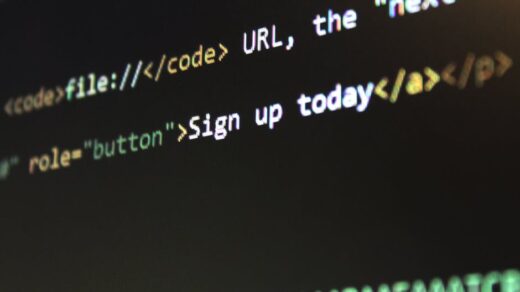A Quick Guide to Decentralized Apps (dApps) on the Blockchain
Ever wondered how to create your own decentralized application (dApp) on the Blockchain? Today, we will guide you through the basics of building dApps and their significance in the Web3 development space.
What are Decentralized Apps (dApps)?
Decentralized applications, or dApps, are a quintessential part of the blockchain ecosystem. These applications run on a P2P network of computers rather than a single computer, unlike traditional applications. A dApp has its backend code running on a decentralized peer-to-peer network.
Benefits of dApps
Consider dApps as the blockchain’s key to entering the mainstream of digital interaction. The dApp has unique advantages – they foster transparency, prevent censorship, and are protected against service failures.
Components for Developing a dApp
Building a decentralized application involves three key components:
- Smart Contracts – The business logic or the backend of a dApp.
- P2P Network – The network over which the communication happens.
- User Front-end – An interface using which users can interact with the dApp.
Step-by-Step Guide to Build Your First dApp
Step 1: Learning Solidity
Solidity is a statically-typed programming language designed for developing smart contracts that run on the Ethereum Virtual Machine (EVM). Mastering Solidity is key to building powerful and secure smart contracts for your dApp.
Step 2: Master the Truffle Framework
Once you’re comfortable with Solidity, the next step is to familiarize yourself with the Truffle Framework. This all-in-one development environment, testing framework, and asset pipeline for blockchains using the EVM simplifies the process of building dApps.
Step 3: Develop Your dApp Interface
The final step is to use HTML/CSS/JavaScript or a library like React or Angular to develop the front-end of your dApp.
Ready To Build Your Own dApp?
Building a dApp can seem daunting; however, with some dedication and patience, you too can create a powerful and transformative dApp. With this knowledge in your toolkit, you’re well on your way to becoming a promising Web3 developer.
Thank you for reading our blog post! If you’re looking for professional software development services, visit our website at traztech.ca to learn more and get in touch with our expert team. Let us help you bring your ideas to life!


